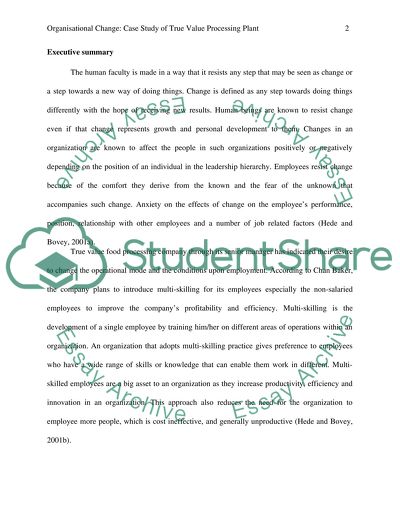Cite this document
(“HRMT19020 - Managing Organisational Change Assignment”, n.d.)
Retrieved from https://studentshare.org/human-resources/1484338-hrmt19020-managing-organisational-change
Retrieved from https://studentshare.org/human-resources/1484338-hrmt19020-managing-organisational-change
(HRMT19020 - Managing Organisational Change Assignment)
https://studentshare.org/human-resources/1484338-hrmt19020-managing-organisational-change.
https://studentshare.org/human-resources/1484338-hrmt19020-managing-organisational-change.
“HRMT19020 - Managing Organisational Change Assignment”, n.d. https://studentshare.org/human-resources/1484338-hrmt19020-managing-organisational-change.


